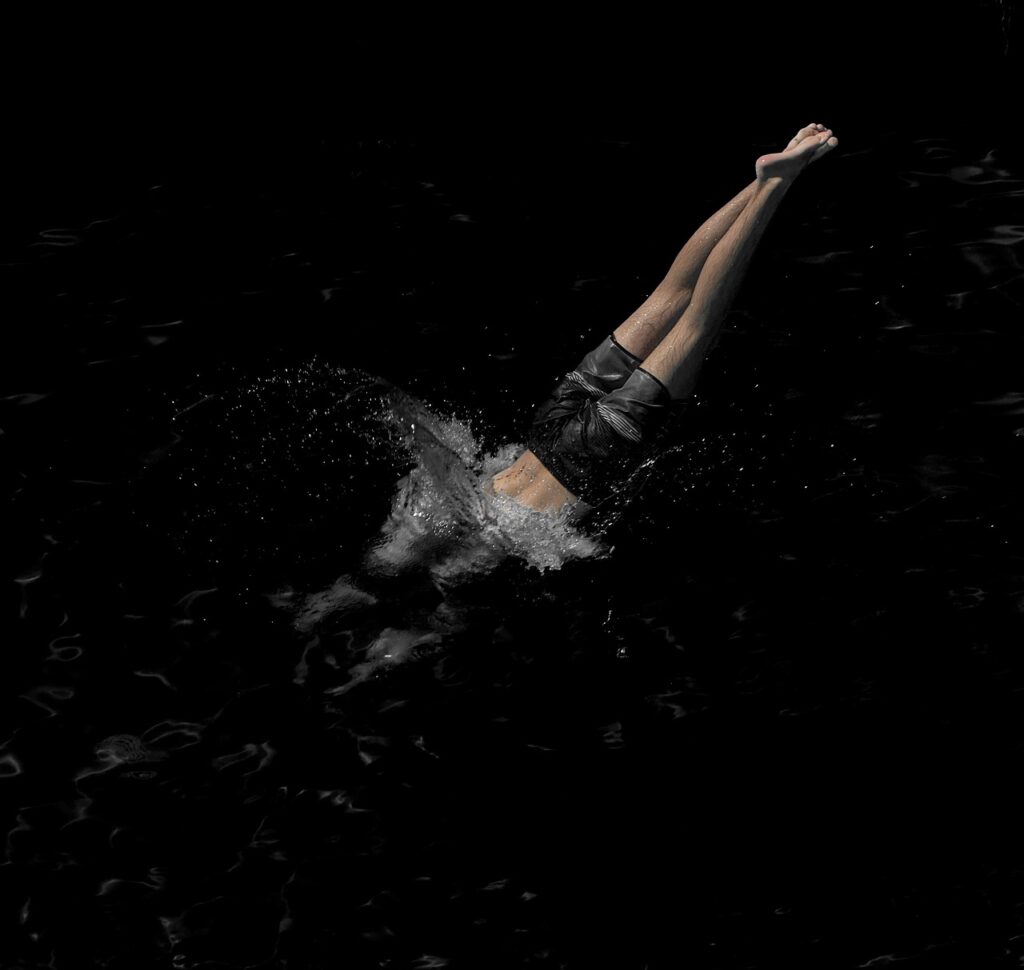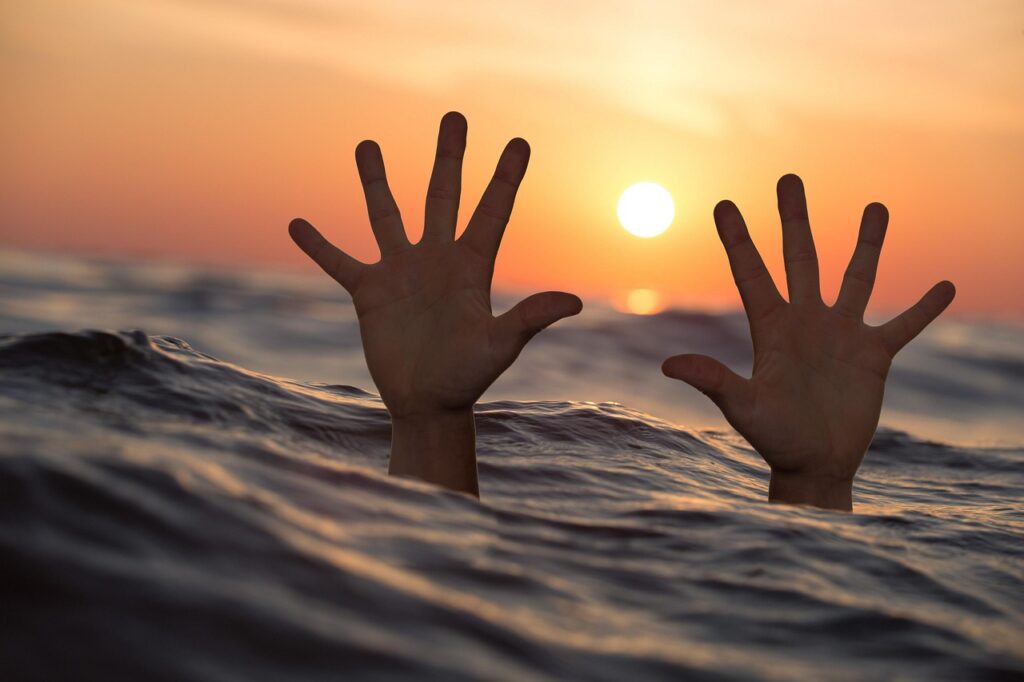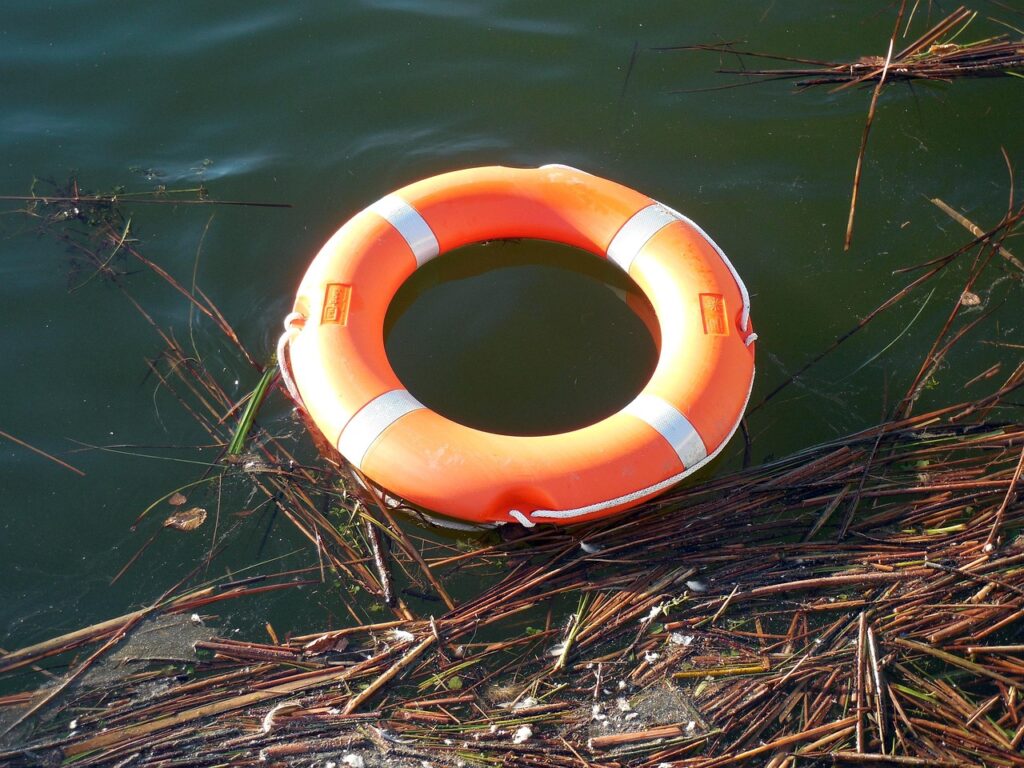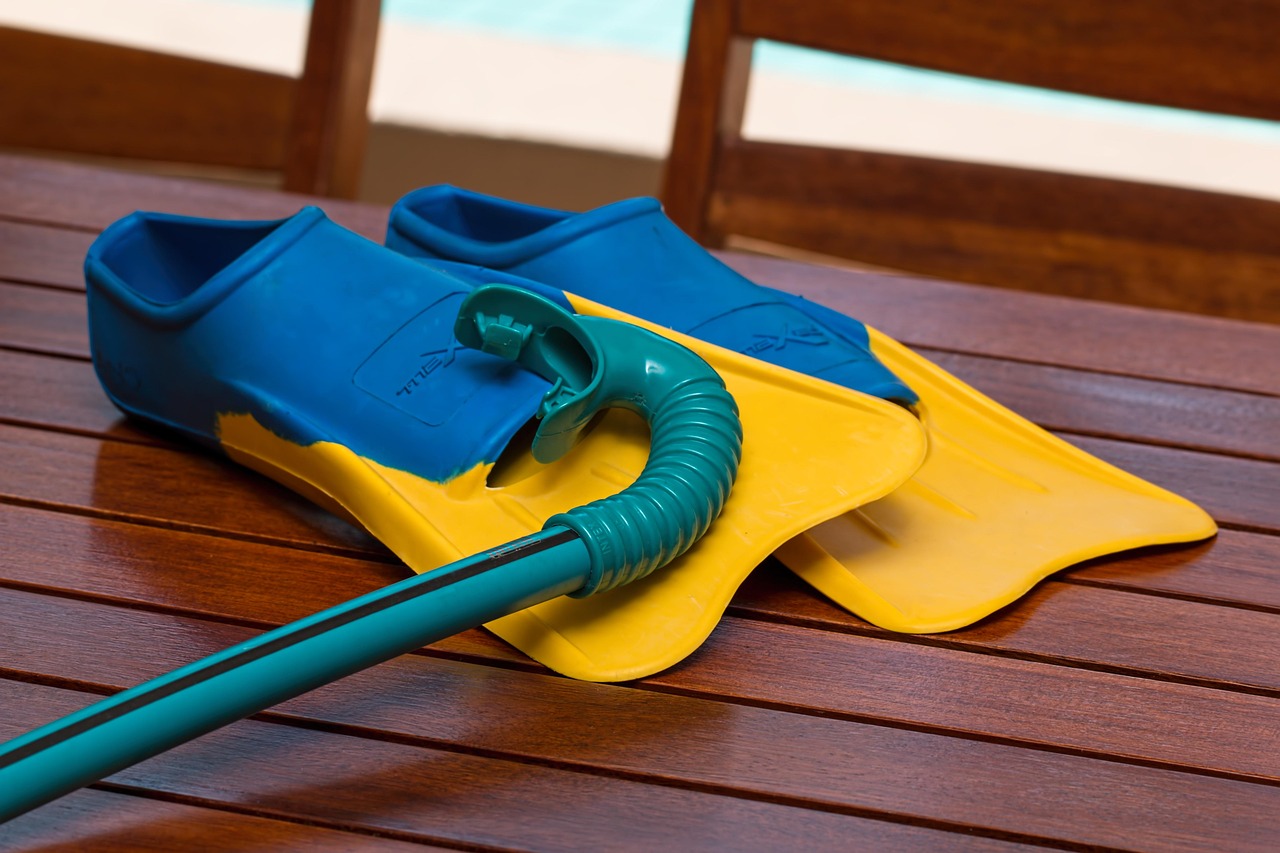Where I live, there are several lakes that are popular for recreation, including boating, swimming, and fishing. Thousands of people from out of town, even out of state, flock to the area each summer. Any time people are recreating on or near lakes, rivers, and such, water safety is important.
Over the 4th of July weekend this year, locally, we had at least two drownings and one severe spinal injury occur. These events are absolutely tragic, but they are often preventable.
Diving
Diving into shallow water can lead to head, neck, and spinal injuries. Most of the time, the diver believed the water was deeper than it truly was. The general rule of thumb is that water should be at least 8-9 feet deep to be considered safe for diving. Never dive into water if you’re unsure of the depth. If you’re not absolutely certain, go in feet first to check the depth before you try diving. Better to do that than to end up paralyzed for the rest of your life.

Also, remember that while the water might indeed be deep enough, there may be obstructions hidden underwater that could mess up your day. I grew up near a lake that had an area locals referred to as Stumpy Bay. As the name might imply, there were hundreds of old tree stumps under the water’s surface. This area was fairly close to a sand bar that was popular for swimming. If you didn’t know approximately where that sand bar ended and the stumps began, you could be in for an ugly surprise.
Drowning
There are numerous things that can contribute to a drowning accident, such as getting caught in a powerful current or undertow, being intoxicated, and simply not knowing how to swim very well. It can happen quickly, especially if panic sets in. The water doesn’t even need to be that deep for drowning to occur.

Mitigation starts by learning how to swim. This isn’t a difficult skill to learn, but it does take a little practice. Doing so will also help you be more comfortable in the water. When I was very young, I used to be terrified of going into water that was more than waist-high, largely because my overprotective father had convinced me that drowning was going to be the likely result of going in over my head. But once I learned how to swim, I was able to lose most of that tension and have fun in the water.
A very important water safety rule is to never go swimming alone. Always have other people around and make sure everyone is watching out for one another. It is particularly important to keep an eye on young children.
Avoid excessive alcohol consumption if you’re going to be on or near the water. It dulls your reaction speed as well as your judgment. This is important from the swimmer’s perspective as well as for those who are keeping an eye out for safety.
Keep flotation devices nearby, just in case. There is no shame in wearing a life preserver when you’re in the water or on a boat, no matter how old you are.

Swimsuit Colors
When buying a swimsuit for children, or even adults for that matter, stick with neon bright colors that will stand out in the water. Blue, gray, and black tend to disappear, making it hard for you or others to see the swimmer, especially when they’re in lakes and rivers as opposed to clear water swimming pools.
Have fun in the water, but do it in a safe manner.
Read the full article here








